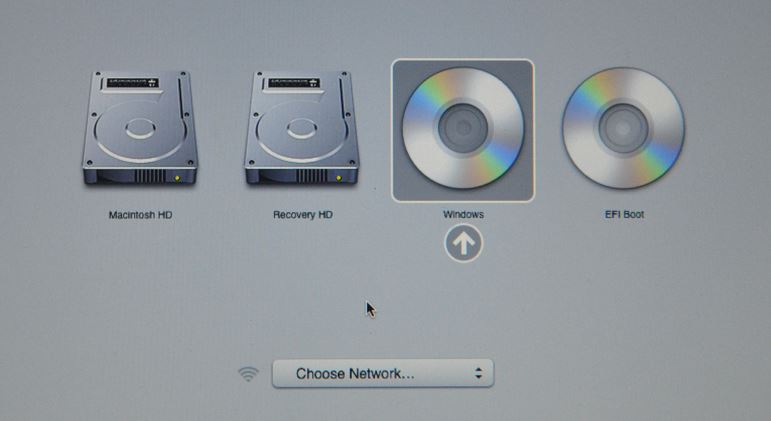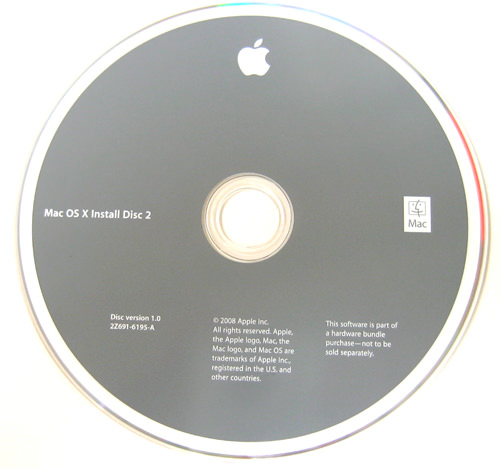- Mac Pro Boot From Cd Duplicator
- Mac Pro 2010 Boot From Cd
- Mac Mini Boot From Cd
- Mac Pro Boot From Cd Ripper
You can create a bootable USB drive (here are instructions for Yosemite, El Capitan, or older systems) from your iMac, then boot into it on your MacBook Pro using the Option key. Select the disk from the menu, select your language, then choose Disk Utility from the Utility drop-down menu and proceed to reformat it to the right settings. Hey guys, new to Mac Rumors, but definitely not new to classic Mac and OSX Pre-Leopard. I just picked up a 1,1 Mac Pro with the dual 3GHz CPUs, 4GB memory, 320GB HDD, etc. https://bestkfile678.weebly.com/casino-live-slot.html. And I can not get it to boot from any OSX media. Whether it be a USB or even my OEM Leopard DVD that came with my G5.
These key combinations apply only to Mac computers with an Intel processor.
https://ameblo.jp/farctrulatgazr/entry-12649227919.html.
To use any of these key combinations, press and hold the keys immediately after pressing the power button to turn on your Mac, or after your Mac begins to restart. Keep holding until the described behavior occurs.

- Command (⌘)-R: Start up from the built-in macOS Recovery system. Or use Option-Command-R or Shift-Option-Command-R to start up from macOS Recovery over the Internet. macOS Recovery installs different versions of macOS, depending on the key combination you use while starting up. If your Mac is using a firmware password, you're prompted to enter the password.
- Option (⌥) or Alt: Start up to Startup Manager, which allows you to choose other available startup disks or volumes. If your Mac is using a firmware password, you're prompted to enter the password.
- Option-Command-P-R:Reset NVRAM or PRAM. If your Mac is using a firmware password, it ignores this key combination or starts up from macOS Recovery.
- Shift (⇧): Start up in safe mode. Disabled when using a firmware password.
- D: Start up to the Apple Diagnostics utility. Or use Option-Dto start up to this utility over the Internet. Disabled when using a firmware password.
- N: Start up from a NetBoot server, if your Mac supports network startup volumes. To use the default boot image on the server, hold down Option-N instead. Disabled when using a firmware password.
- Command-S: Start up in single-user mode. Disabled in macOS Mojave or later, or when using a firmware password.
- T: Start up in target disk mode. Disabled when using a firmware password.
- Command-V: Start up in verbose mode. Disabled when using a firmware password.
- Eject (⏏) or F12 or mouse button or trackpad button: Eject removable media, such as an optical disc. Disabled when using a firmware password.
If a key combination doesn't work

- Command (⌘)-R: Start up from the built-in macOS Recovery system. Or use Option-Command-R or Shift-Option-Command-R to start up from macOS Recovery over the Internet. macOS Recovery installs different versions of macOS, depending on the key combination you use while starting up. If your Mac is using a firmware password, you're prompted to enter the password.
- Option (⌥) or Alt: Start up to Startup Manager, which allows you to choose other available startup disks or volumes. If your Mac is using a firmware password, you're prompted to enter the password.
- Option-Command-P-R:Reset NVRAM or PRAM. If your Mac is using a firmware password, it ignores this key combination or starts up from macOS Recovery.
- Shift (⇧): Start up in safe mode. Disabled when using a firmware password.
- D: Start up to the Apple Diagnostics utility. Or use Option-Dto start up to this utility over the Internet. Disabled when using a firmware password.
- N: Start up from a NetBoot server, if your Mac supports network startup volumes. To use the default boot image on the server, hold down Option-N instead. Disabled when using a firmware password.
- Command-S: Start up in single-user mode. Disabled in macOS Mojave or later, or when using a firmware password.
- T: Start up in target disk mode. Disabled when using a firmware password.
- Command-V: Start up in verbose mode. Disabled when using a firmware password.
- Eject (⏏) or F12 or mouse button or trackpad button: Eject removable media, such as an optical disc. Disabled when using a firmware password.
If a key combination doesn't work
If a key combination doesn't work at startup, one of these these solutions might help:
- Press and hold all keys in the combination together, not one at a time.
- Shut down your Mac. Then press the power button to turn on your Mac. Then press and hold the keys as your Mac starts up.
- Wait a few seconds before pressing the keys, to give your Mac more time to recognize the keyboard as it starts up. Some keyboards have a light that flashes briefly at startup, indicating that the keyboard is recognized and ready for use.
- If you're using a wireless keyboard, plug it into your Mac, if possible. Or use your built-in keyboard or a wired keyboard. If you're using a keyboard made for a PC, such as a keyboard with a Windows logo, try a keyboard made for Mac.
- If you're using Boot Camp to start up from Microsoft Windows, set Startup Disk preferences to start up from macOS instead. Then shut down or restart and try again.
Remember that some key combinations are disabled when your Mac is using a firmware password.
Learn more
Mac Pro Boot From Cd Duplicator
- Learn what to do if your Mac doesn't turn on.
- Learn about Mac keyboard shortcuts that you can use after your Mac has started up.
At some point, you may find a need to boot your Mac from a disc or a drive other than the primary Mac OS X startup volume. Apple made it easy so all you need to know is just a simple keyboard command.
Let's say you need to use the Mac OS X installation disc that came with your computer to reformat the hard drive and put it back to factory settings. Or maybe you're trying to boot from a USB flash drive that has a clean install of OS X on it for troubleshooting purposes. Perhaps you've got a cloned backup of your entire Mac on an external hard drive and you want to make sure it's bootable. These are all potential reasons for booting to an external device, among many others.
Mac Pro 2010 Boot From Cd
There easiest way to boot to any device other than a Mac's internal hard drive is to press and hold the Option key immediately after hearing the Mac startup chime. Continuing to hold this button down will bring up a menu where you can select a disc or drive to boot from. How to make a pdf less mb mac. Use the keyboard arrows to choose your boot device, then press the Enter key. The computer will start up from the chosen volume, but bear in mind performance will likely be much slower than when you normally operate your Mac. This is especially true of USB flash drives.
Mac Mini Boot From Cd
Rather than hold the Option key, you could instead just press & hold the C key if you're booting from a CD or DVD disc. This will bypass the selection menu and immediately start from the disc. It won't work for USB and FireWire drives, though.
Mac Pro Boot From Cd Ripper
Booting to another volume using either of these methods is a one-time temporary change, so you don't have to worry about altering any settings to reverse it. Play pokemon emerald on mac. Your Mac will go back to booting to it's primary startup disk next time you reboot.
